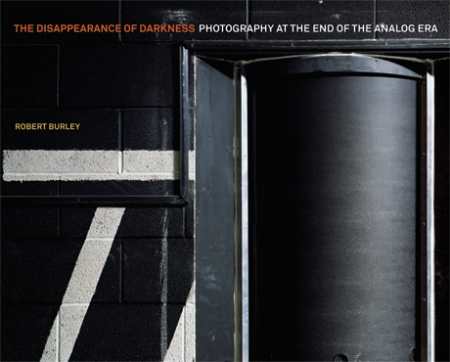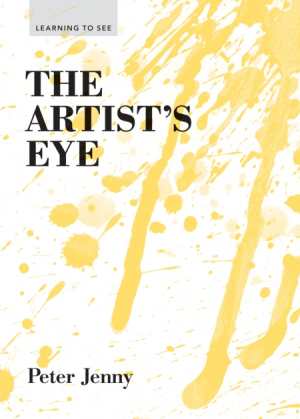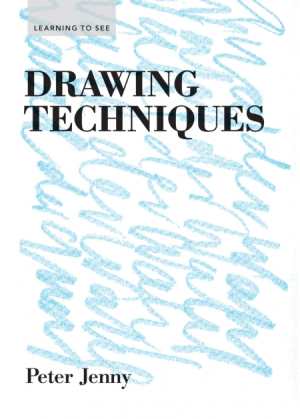Photography in an Era of Change
The Lay of the Landscape
Our contemplation of the natural world can sometimes have the effect of awakening aspects of our interior realm. We experience this in the places we’re drawn to again and again and also in exceptional representations of landscapes by artists—no matter whether these frissons cause us to feel at one with our environment or alienated from it. If an artwork is to carry meaning beyond its technical virtuosity, it must speak to an intimate part in each of us. Only then can our appreciation resonate on levels both shared and particular.
Lost There (above) and Isolated (below) by Ori Gersht, from Ori Gersht: History Repeating. Copyright Ori Gersht.
Robert Burley’s Photographic Proof (below), the implosion of a Kodak factory, in The Disappearance of Darkness, which documents the end of the celluloid era. Copyright Robert Burley.
In part because landscape paintings and photographs can evoke powerful emotions, they’re often considered portraits of a kind—likenesses captured to reflect the essence of their subjects, certainly, but also portraits of their creators. These new books featuring landscape portraits, mostly of bygone eras, were selected for their nostalgic qualities. They document loss, not only of places facing extinction, but also the death of the method—film—formerly used to “preserve” them. As many of our favorite landscapes succumb to change, we are reminded that nearly everything is a tenuous proposition.
Image of truck from a train window (above) by Candace Plummer Gaudiani’s Between Destinations. Copyright Candace Gaudiani.


* Between Destinations
Candace Plummer Gaudiani
Kehrer Verlag
Hardcover $50.00 (124pp)
978-3-86828-259-7
* Ori Gersht: History Repeating
Ori Gersht
Museum of Fine Arts, Boston
Hardcover $60.00 (256pp)
978-0-87846-779-2


* Disappearance of Darkness: Photography at the End of the Analog Era
Robert Burley
Princeton Architectural Press
Hardcover $50.00 (160pp)
978-1-61689-095-7
* Sense of Place: European Landscape Photography
Liz Wells
Prestel Publishing
Hardcover $60.00 (256pp)
978-3-7913-4745-5
ART 101
Substitute “Art” for the last word in the title of Raymond Carver’s What We Talk About When We Talk About Love and the phrase targets the heart of these instructive offerings. Perhaps because talking about art intelligently can seem as likely as seeing vapor materialize, most people settle for simply looking at paintings, photography, and sculpture. But romantics who wish to identify and build on the feelings inspired by gazing at fine art will appreciate these books for their smart, generous vocabularies with which to begin a conversation.
Just because How to Talk to Children About Modern Art (Francis Lincoln, 978-0-7112-3289-1) is cheerfully packaged in bright colors and targets a young market doesn’t mean it’s simplistic. In its spot-on tone, neither patronizing nor exclusive, art historians will recognize hints of John Berger’s classic Ways of Seeing. Featuring thirty modern masterpieces, from works by Dali to de Kooning to Freud, author Francoise Barbe-Gall frames and then responds to a series of comments children might make while studying art works, i.e., “Why doesn’t it look finished?” An invaluable resource for readers of any age.



Those whose doodles show promise will be encouraged by Princeton Architectural Press’s pint-sized Learning to See series. The Artist’s Eye (978-1-61689-056-8), Drawing Techniques (978-1-61689-054-4), and Figure Drawing (978-1-61689-049-0), all by Peter Jenny and published by Princeton Architectural Press, are meant for the budding visual critic/closet artist and may be easily stowed in a bag with pencils to accompany readers en plein air.

The Art Book (Phaidon Press, 978-0-7148-6467-9), Phaidon’s enormous new coffee-table release, is decidedly not easily transported. The second edition of this popular, comprehensive reference tome has just enough biographical information on each of its alphabetically featured artists from all eras to quickly elevate a cocktail party conversation—or perhaps inspire a passion. More than five hundred well-chosen examples, one hundred of which are new since the ‘90s version, include a full-page art work, each displayed with Phaidon’s typically exquisite attention to detail.
Julie Eakin




